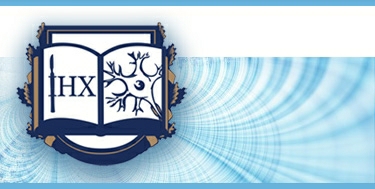 |
|
The State Institution
Romodanov Neurosurgery Institute
National Academy of Medical Sciences of Ukraine
|
||
Department of Pediatric Neurosurgery
Tel. +380 44 483-96-14
E-mail: dk1neuro@gmail.com
facebook: https://www.facebook.com/groups/509103034093998
How to find: Institute of Neurosurgery, Building 5, 2nd floor (see Map and Institute scheme).
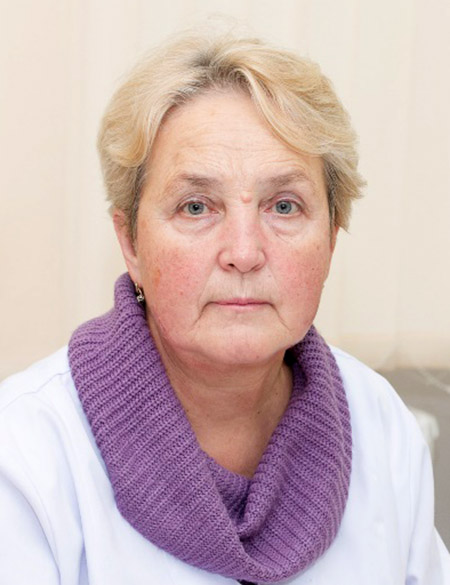
head of the department
MD, PhD, DSc, Professor, Pediatric Neurosurgery
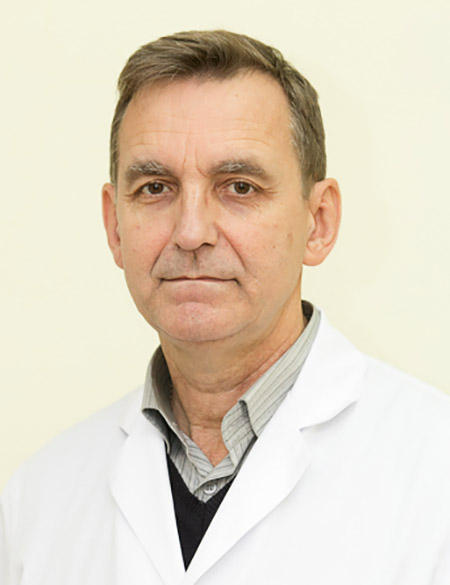
MD, PhD, Pediatric Neurosurgery
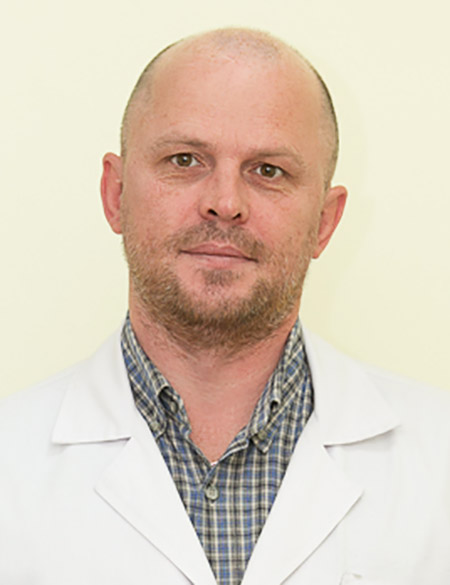
MD, Pediatric Neurosurgery
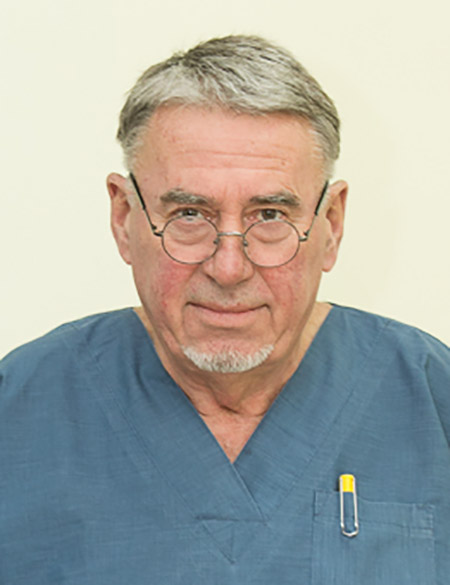
MD, Pediatric Neurosurgery
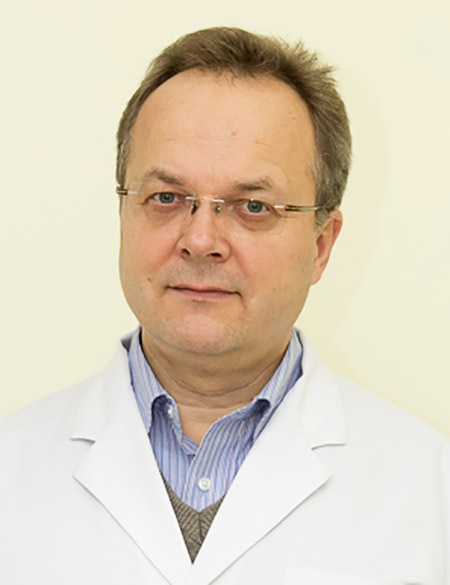
MD, PhD, Pediatric Neurosurgery
Congenital defects of the central nervous system:
Arnold-Chiari anomaly
Dandy-Walker anomaly
Encephalocele
Spina bifida
Meningocele
Meningomyelocele
Meningomyeloradiculocele
Dermal sinus
Hernia-lipoma
Fixation of the spinal cord
Diastematomyelia
Arachnoid cyst
Cyst of the brain
Intracranial cerebrospinal fluid cyst
Craniosynostosis
Scaphocephaly
Trigonocephaly
Plagiocephaly
Brachycephaly
Crouzon syndrome
Apert syndrome
Pfeiffer syndrome
Hydrocephalus:
Congenital hydrocephalus
Posthemorrhagic hydrocephalus
Post-inflammatory hydrocephalus
Occlusive hydrocephalus
Fragmentation of the ventricular system
Aresorptive hydrocephalus
Shunt infection
Shunt system dysfunction
Tumors of the brain and spinal cord:
Craniopharyngioma
Tumors of the pineal area (pinealoma, pineoblastoma)
Teratoma
Dermoid
Herminoma
Brain stem tumor
Intraventricular tumor
Tumor of the 3rd ventricle
Tumor of the 4th ventricle
Choroid plexus tumor
Cerebellar tumor
Suprasellar tumor (pituitary adenoma, chiasm glioma, optic tract glioma)
Intramedullary tumor of the spinal cord
Extramedullary tumor of the spinal cord
Spine tumor
Cranial nerve tumors
Inflammatory diseases:
Intracranial abscess
Brain abscess
Intracranial empyema
Spinal cord abscess
Intraspinal abscesses and granulomas
Vascular diseases:
Hemorrhagic stroke
Acute violation of cerebral circulation
Intraventricular hemorrhage
Consequences of acute disruption of cerebral circulation
Intracerebral hematoma
Cavernous malformation of the central nervous system
Arterio-venous malformation
Cavernoma
Sinus pericrania
My disease is Mine
Brain and spinal cord injury and its consequences:
Child trauma of the central nervous system
Cephalohematoma
Craniocerebral injury in the acute period
Spinal cord and vertebral injury
Mild cerebral contusion
Cerebral contusion of moderate degree of severity
Severe cerebral contusion
Diffuse axonal damage
Epidural hematoma
Subdural hematoma
Chronic subdural hematoma
Defect of skull bones
Nasal liquor
Gunshot wounds to the head
Post-traumatic brain abscess
Post-traumatic spinal cord abscess
Phakomatosis
Tuberous sclerosis
Hamartoma
Pharmacoresistant epilepsy
Focal cortical dysplasia
Advantages of the department and technology
Advantages of the pediatric neurosurgery department of the Institute of Neurosurgery
- Ukraine’s largest experience in children’s neurosurgery – since the establishment of the department in 1950
- Thousands of successfully treated patients from all over Ukraine and other countries
- Professional and experienced neurosurgeons< /li>
- Advanced technical equipment
- Modern methods and treatment protocols
- Use of the latest technologies
- A large list of pathologies we treat
- li>Education and internship based on the department of many young specialists
- Our own experience multiplied by high technologies and modern knowledge allows us to cover the largest spectrum of pediatric neurosurgical pathology and provides the best treatment results
- Cooperation with charitable foundations provides assistance to children from low-income families, orphans
- Possibility of conducting remote online consultations
- Conferences are constantly organized on the basis of the department, the Ukrainian Association of Children’s Neurosurgeons was created and the nation is being trained protocols for the treatment of children with neurosurgical pathology
The equipment of our department uses technologies that meet all the requirements of providing neurosurgical care to children at the world level:
- Two modern microscopes that allow performing the most complex microsurgical interventions on the brain and spinal cord.
- Endoscopic equipment with several interchangeable endoscopes for various types of minimally invasive interventions
- Preoperative and intraoperative neuronavigation and ultrasound navigation for the most accurate calculations
- Possibility of intraoperative neuromonitoring, which ensures control of vital brain functions and reduces the risk of postoperative disability
- Use of modern coagulation and aspiration devices to reduce bleeding during surgery
- Ultrasonic destructor for maximum and safe removal of tumors
- Cell saver devices that allow collecting, purifying and transfusing patients’ own blood during surgery without using donor blood
- Using electric craniotomes and Mectron piezo apparatus for dissection of skull bones for reconstructive cranioplasty patients with craniosynostosis and skull bone defects
Updated 11 September 2022.
| © Romodanov Neurosurgery Institute | Site development: SKP |
Content management: Anna Nikiforova
Content management: Tetyana Yovenko
 orcid.org/0000-0002-7688-1604
orcid.org/0000-0002-7688-1604